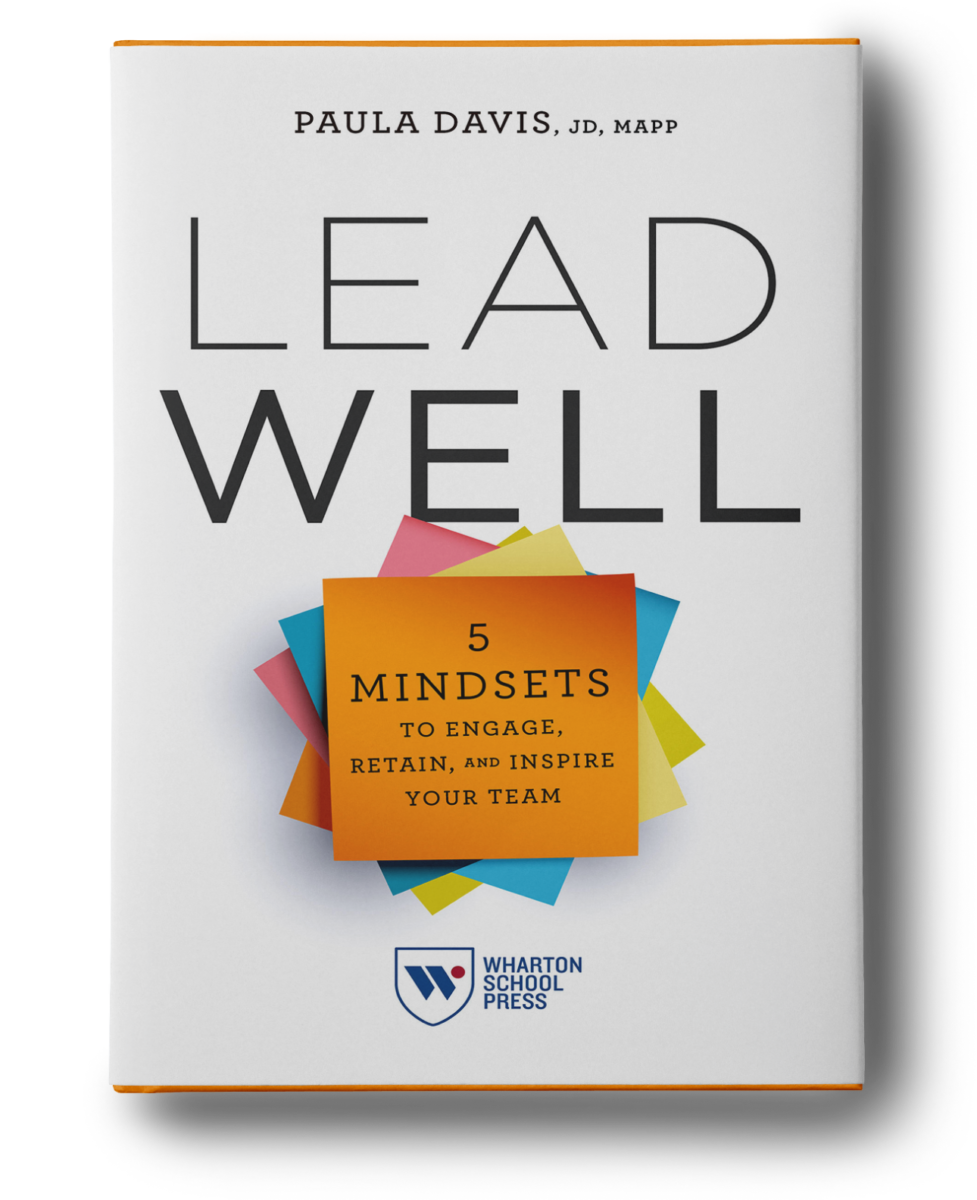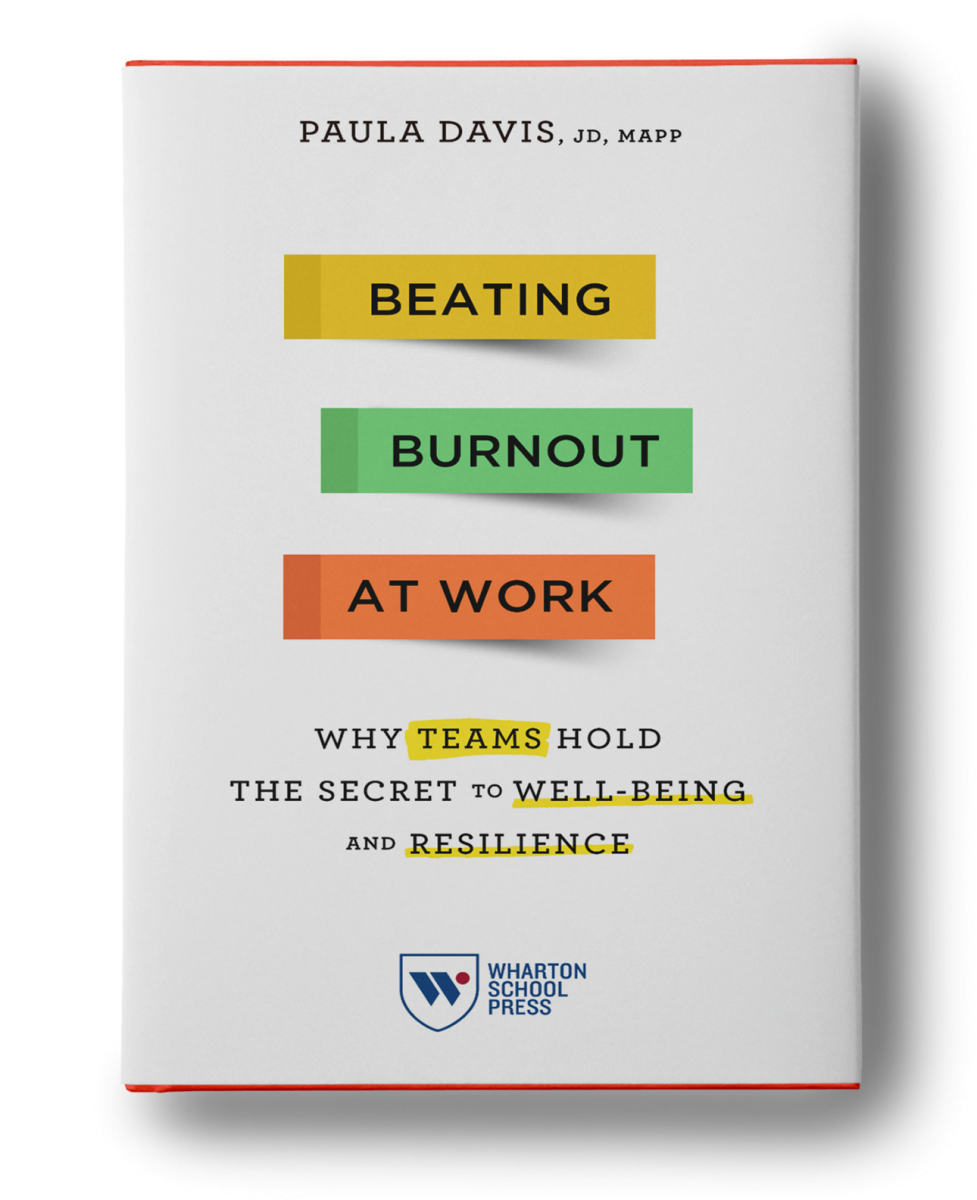They job craft. Employees rarely land the perfect job, but they use specific strategies to create a better work environment. Job crafting is the process employees use to increase job satisfaction, engagement, resilience, and thriving at work. Happy employees have the autonomy to customize their jobs by changing tasks and interactions with others in order to maximize their strengths and passions (Berg, Dutton, & Wrzesniewski, 2008). They have hope. Happy employees have hope, and that translates into bottom-line benefits for business. Companies lose billions of dollars each year when employees fail to show up for work. In a study of mechanical and electrical engineers at a Fortune 100 tech company, the high-hope engineers, on average, missed less than three days of work in a twelve-month period. The low-hope engineers missed, on average, more than ten days of work in that same period of time (Avey, Patera, & West, 2006). Hopeful employees are also productive. According to Dr. Shane Lopez, “Hopeful salespeople reach their quotas more often; hopeful mortgage brokers process and close more loans; and hopeful managing executives meet their quarterly goals more frequently” (Lopez, 2013). They leverage humor and positive emotion. Humor builds positive emotion and helps reduce feelings of anger, depression, and anxiety (McGhee, 2010). Positive emotions also predict increases in both resilience and life satisfaction (Cohn et al., 2009). As a former practicing attorney, I used to keep a book of lawyer jokes on my desk for days when I took the world way too seriously. They manage pessimistic thinking. Optimistic thinkers think in a very specific way when setbacks happen. Specifically, they are solution-oriented and see where they have control and/or influence, know that the adversity won’t last forever and “this too shall pass,” and they compartmentalize well so that the setback doesn’t bleed over into other areas of their life (Seligman, 2006). More importantly, optimistic thinkers are healthier (Cohen et al., 2003), happier, and less depressed (Abramson, 2000) than their pessimistic thinking counterparts. They have self-efficacy. Knowing that you can manage life’s challenges effectively and produce results is a pillar of resilience, and when employees are at their resilient best, they are more confident, creative, and open-minded (Skodol, 2010). As a result, they have the confidence to solve problems and pursue tough assignments and challenging roles. They focus on the upside of stress. Health psychologist Dr. Kelly McGonigal discussed the latest stress research in her June 2013 TED talk, “The Upside of Stress.” Specifically, new research shows that how you think about your stress response actually has a huge impact on your health. According to Dr. McGonigal, people who learned to view their stress response as helpful to performance were much less stressed, less anxious, and more confident. They stay the course. Grit is perseverance and passion for long-term goals. Researchers studied an incoming class of cadets at West Point and found that the group who was most likely to make it through the training was not more athletic, well-rounded or smarter – they were grittier; in fact, grit was a better predictor of success for these cadets than IQ or standardized test scores (Duckworth, et al., 2007). Gritty people pursue goals with passion, don’t back down from challenges, don’t allow a failure to define who they are as a person, and simply put, don’t quit. You can measure your grit using the Grit Scale found at www.authentichappiness.org. Happy employees have developed a specific set of strategies over time that causes them to work differently, and we need that in today’s workplace. The most recent Gallup survey on employee engagement showed that 50% of workers report being “not engaged” while another 20% report being “actively disengaged” (Sorenson & Garman, 2013). We can do so much better than that. ______________________________________________________________________________________________ Paula Davis, JD, MAPP, is an internationally-published writer and travels the globe as a stress and resilience expert. She has coached and trained over one thousand professionals on how to build their stress resilience and prevent burnout. Paula is available for speaking engagements, training workshops, media commentary, and private life coaching – contact her at paula@pauladavislaack.com or visit her website at www.pauladavislaack.com. Connect with Paula on Twitter, Facebook, and LinkedIn. ______________________________________________________________________________________________ References Abramson, L.Y., et al. (2000). Optimistic cognitive styles and invulnerability to depression. In The Science of Optimism and Hope (Jane E. Gillham, Ed.). pp. 75-98. Radnor, PA: Templeton Foundation Press. Avey, J.B., Patera, J.L., & West, B.J. (2006). The implications of positive psychological capital on employee absenteeism. 13, Journal of Leadership and Organizational Studies, 42-60. Berg, J.M., Dutton, J.E., & Wrzesniewski, A. (2008). What is job crafting and why does it matter? Center for Positive Organizational Scholarship, University of Michigan Theory-to-Practice Briefing, 1-8. Cohen, S. et al. (2003). Emotional style and susceptibility to the common cold. 65, Psychosomatic Medicine, 652-657. Cohn, M.A., et al. (2009). Happiness unpacked: Positive emotions increase life satisfaction by building resilience. 9(3) Emotion, 361-368. Duckworth, A., Peterson, C., Matthews, M.D., & Kelly, D.R. (2007). Grit: Perseverance and passion for long-term goals. 92 Journal of Personality and Social Psychology, 1087. Lopez, S. (2013). Making hope happen: Create the future you want for yourself and others. New York: Atria Books. McGhee, P. (2010). Humor: The lighter path to resilience and health. Bloomington, IN: AuthorHouse. Seligman, M.E.P. (2006). Learned optimism: How to change your mind and your life. New York: Random House. Skodol, A.E. (2010). The resilient personality. In Handbook of Adult Resilience (J.W. Reich, A.J. Zautra, & J.S. Hall, Eds.) pp. 112-125. New York: The Guilford Press. Sorenson, S., & Garman, K. (2013, June 11). How to tackle U.S. employees’ stagnating engagement. Retrieved on August 29, 2013, at http://businessjournal.gallup.com/content/162953/tackle-employees-stagnating-engagement.aspx.]]>
Contact Us
How can we help? Let us know today!






